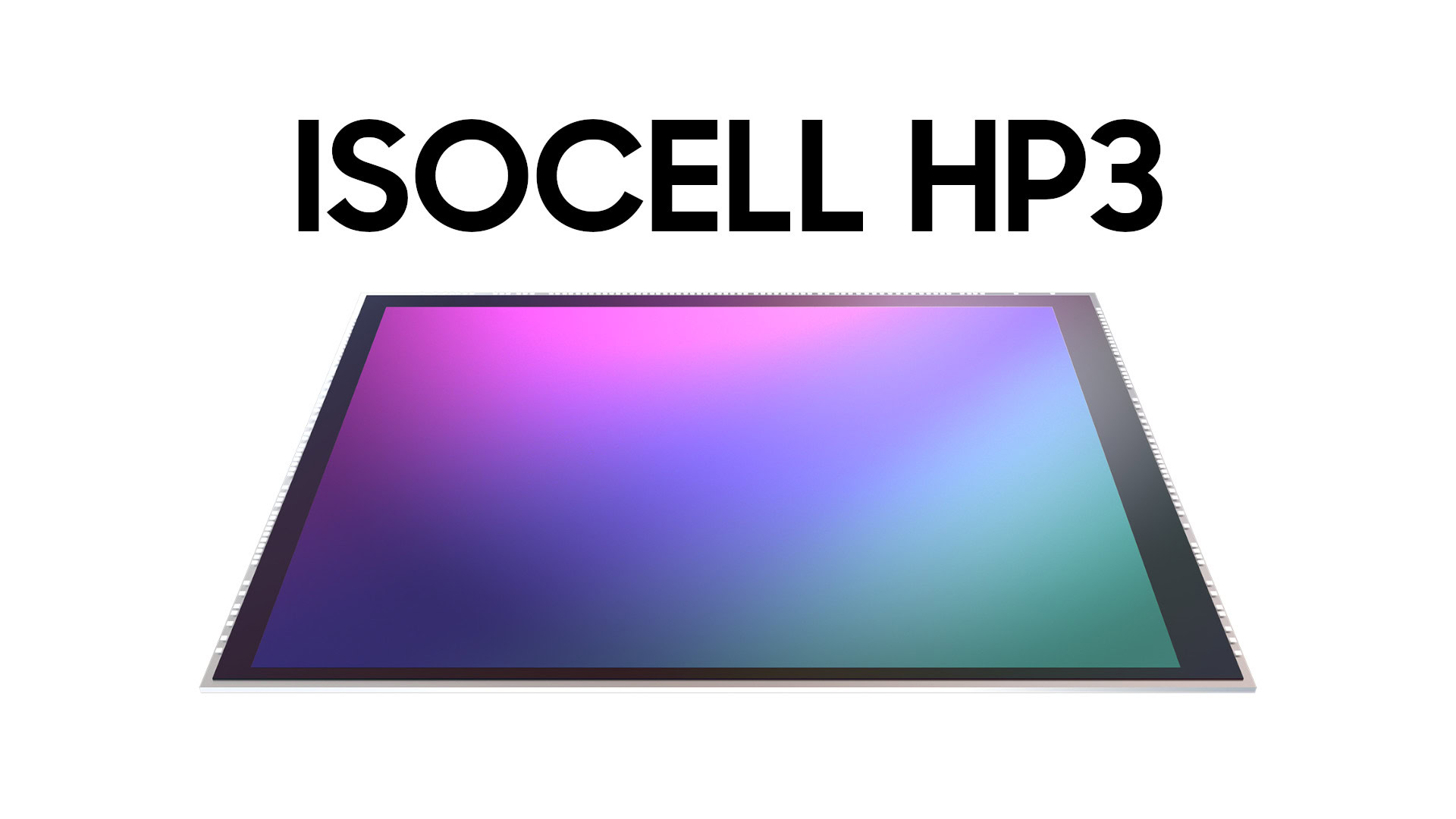Affiliate links on Android Authority may earn us a commission. Learn more.
Samsung's latest 200MP sensor is smaller than the Pixel 6's 50MP camera

- Samsung has announced the 200MP Isocell HP3 camera sensor.
- The new sensor is notably smaller than its first 200MP sensor and high-end 50MP sensors.
- Mass production will kick off later this year.
Samsung launched its first 200MP sensor back in September 2021, but we still haven’t seen phones launch with the tech just yet. That isn’t stopping the Korean manufacturer from announcing the new 200MP Isocell HP3 camera sensor.
Perhaps the most striking thing about the new sensor is that it offers a relatively small sensor size of just 1/1.4-inches. By comparison, the 50MP Isocell GN1 inside the Google Pixel 6 series offers a 1/1.31-inch size, while Samsung’s original HP1 200MP sensor measures in at 1/1.22-inches. This latest sensor is also only slightly larger than the Galaxy S22‘s 50MP 1/1.57-inch primary camera.
The Isocell HP3’s smaller size also means we’ve got smaller pixels or photo sites on offer here. The sensor offers pixels that measure in at just 0.56-microns compared to the HP1’s 0.64-micron pixels and the GN1’s 1.2-micron pixels.
Sacrificing performance for a slim design
You generally want larger pixels for improved light capture, particularly when the sun goes down, but Samsung is also offering pixel-binning tech here in a bid to improve light-gathering capabilities.
For starters, it offers four-in-one binning capable of spitting out an image comparable to a 1.12-micron 50MP sensor. However, the HP3 is also capable of 16-in-one binning, combining data from 16 adjacent pixels to deliver an image comparable to a 2.24-micron 12.5MP sensor. Time will tell if these options are enough to significantly offset the tiny pixel size in the first place.
Either way, Samsung says the 20% reduction in camera module area compared to the HP1 sensor will allow smartphone makers to keep devices slim.
Other notable Isocell HP3 features include Super QPD autofocusing (offering autofocus on all the sensor’s pixels), 8K/30fps and 4K/120fps video recording, and Smart-ISO Pro or staggered HDR solutions for producing HDR imagery.
Samsung says samples of the Isocell Hp3 are currently available to manufacturers, while mass production will kick off later this year. There’s no word on a time frame for the first phone with this sensor, but we’re guessing it’s probably six to 12 months away if the first 200MP phone (powered by the HP1 sensor) isn’t official just yet.